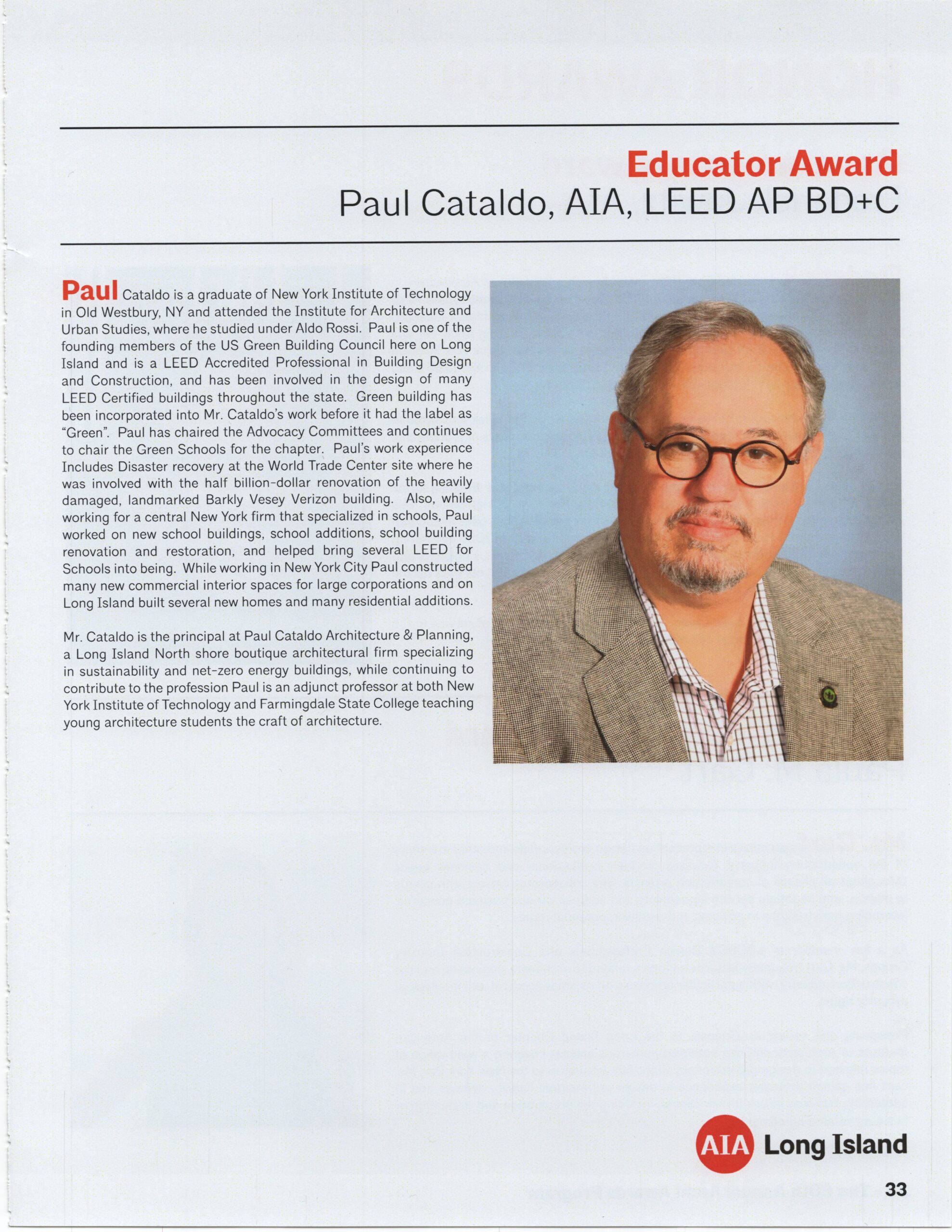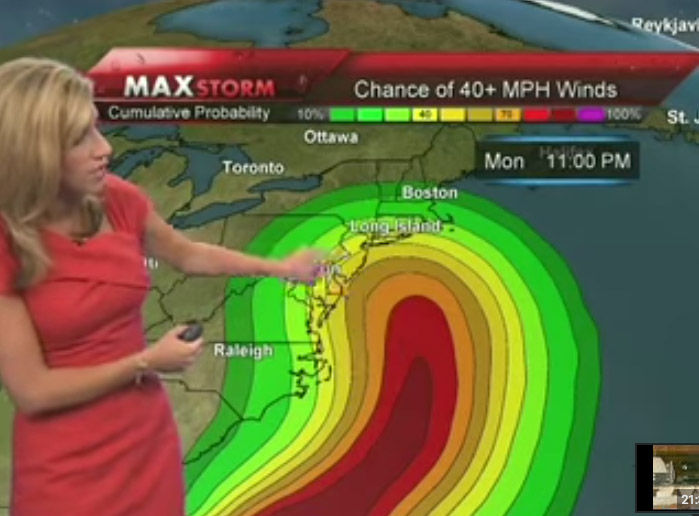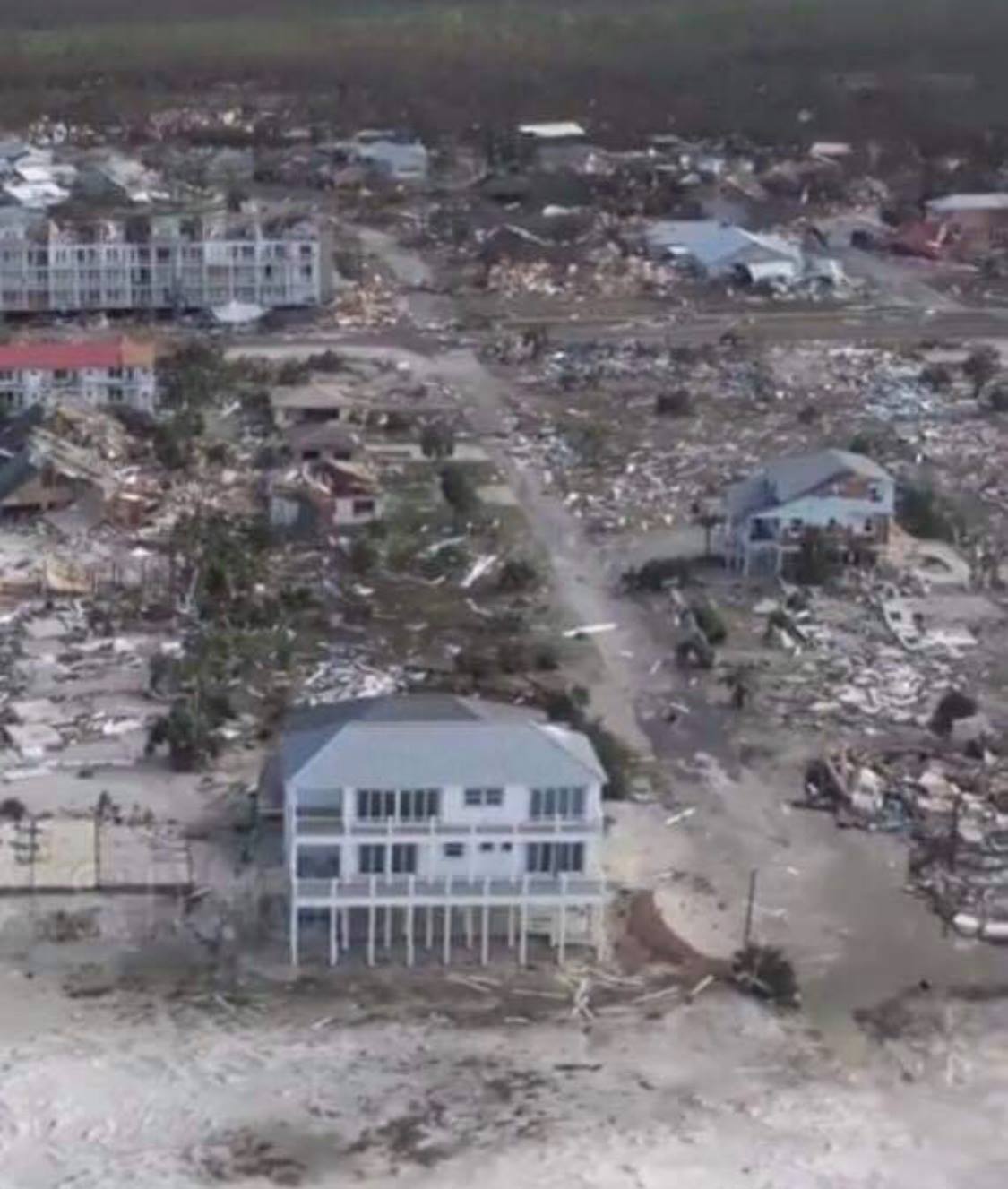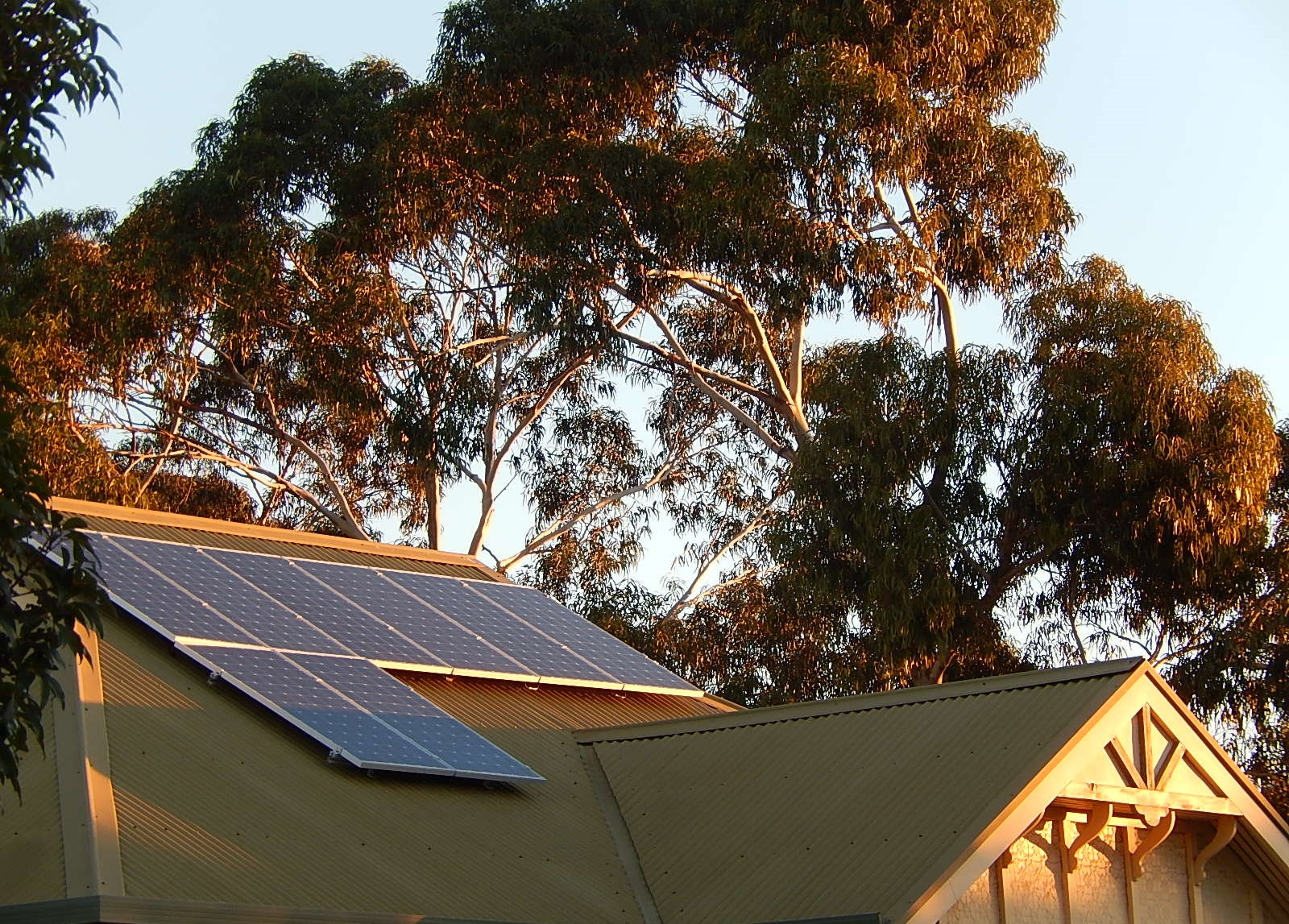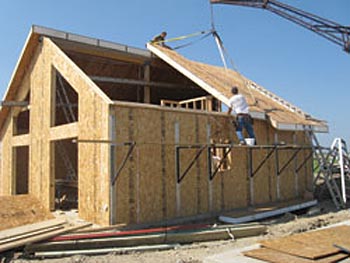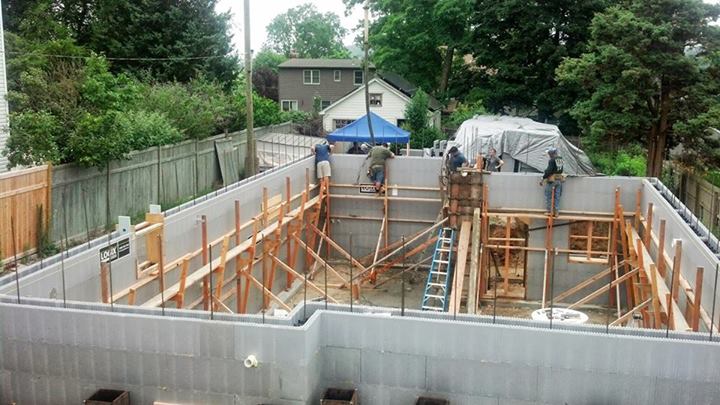It’s been exactly a year today since Superstorm Sandy ravaged Long Island, becoming the largest Atlantic hurricane on record. In it’s wake, 68 New Yorkers lost their lives and U.S. damage was estimated at over $65 billion. South Shore residents, like those in Long Beach, Staten Island, Fire Island, Freeport and most destructively in Rockaway’s Breezy Point, watched their homes be consumed by floods and fire. On Long Island, 100,000 homes were damaged or destroyed and over 2,000 were deemed uninhabitable. Over 2 million New Yorkers were left without power for days, and for some, weeks, causing panic and violence as gasoline shortages and rationing restricted generator use.
On this somber anniversary, it seems fitting to ask ourselves, and particularly Long Islanders: what steps have we made towards improving our home building methods to prevent such future destruction? In an area where most Long Island residents live less than 10 miles from the sea, what home construction issues need to be addressed, or for those who have seen total destruction, avoided completely?
Home Materials: Stick Framing
After hurricane Andrew in Florida, the national building code was changed to include straps and brackets and additional hardware to bring stick framing into compliance. These are just add-on devices to augment an old system. And building a house from so many components leads to additional joints of the parts. Houses stick-framed are notorious air leakers. Air infiltration is the single largest factor in maintaining a comfortable temperature and humidity level within the home, and with home heating fuels constantly rising, air infiltration from poorly designed homes becomes both a comfort and cost issue.
Home Elevation: Sea Levels vs. Wind Force
In the wake of Sandy, the combination of the location where we have built our homes, the height at which we have built in those locations, rise is sea level, and the likelihood for more extreme and frequent storms have prompted many Long Islanders to rethink how we do things. The elevation of new homes and in raising existing homes is fairly simple and dictated by the FEMA flood maps. Some locations are requiring raising the houses fourteen feet or more above current mean high tide; this addresses the flooding problem. But as buildings go higher off the ground, the forces generated by wind increase dramatically. For existing houses, special care must be taken to ensure that the frame is reinforced to withstand greater forces than that house may have seen sitting low to the ground.
Home Prices: Profit-Driven Home Builders
Does this mean that there are no qualified contractors to build the newer forms of construction? Absolutely not. There are many qualified contractors that can build all sorts of innovative and effective building envelopes, contractors who understand the architect’s role and work in concert with the team of owner, architect, consultants, suppliers, and subcontractors.
The Solution: Green Building and Building Back Better
In July 2013, New York Governor Andrew Cuomo and the U.S. Housing and Urban Development (HUD) hosted the Building Back Better: New York State Storm Recovery Conference.
Once energy costs are added to the cost of potential weather-related damages, it is clear that green building and “building back better” is much more financially advantageous.
For Sandy-destroyed or severely damaged houses, insulated concrete forms (ICFs) and structurally insulated panels (SIPs) are preferred options to stick framing and offer outstanding strength along with very high energy efficiency and practically zero air infiltration. SIPs and ICFs are as far from stick framing as a ’46 Desoto is to a modern hybrid car. These options are highly engineered, tested, and proven materials and systems that far out-perform traditional stick framing in so many ways.
As with all green buildings, if done properly, synergies begin to appear. A synergy is defined as: the interaction of elements that when combined produce a total effect that is greater than the sum of the individual elements. Synergistic systems are designed to solve a single problem, but end up doing so much more, for the owner, inhabitants, community and, well, for the planet.

